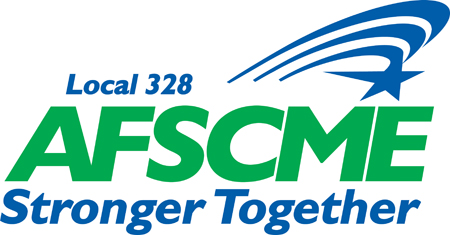Kaiser Negotiations: Parallels with OHSU in 2019, Lessons for Tomorrow
Thousands of OFNHP members — RNs, nurse practitioners, physician assistants and lab technicians — at Kaiser had voted to go out on strike this month. However, on Saturday, Nov. 13 — just two days before the strike was supposed to begin — OFNHP announced they had reached a tentative agreement with Kaiser. The issues that pushed these union members to the brink of a strike should sound familiar to Local 328 members: understaffing, disrespectfully low wage increases and a proposed two-tiered contract. Two-tiered contracts are a well-known form of union-busting, driving a wedge between existing employees and those hired after a contract’s ratification. In 2019 bargaining, OHSU proposed two-tiered contract language that would have forced PTO on our new members while allowing existing members to stay in our current VAC/SIK system — fighting this was so important to our union that it was one of the sticking points that led us to declare impasse.
Health-care workers across the country are burnt out and exhausted after nearly two years of a global pandemic that has strained the system to the breaking point, in large part due to staffing shortages that have forced frontline employees to work overly long hours with limited time off. Hospital executives would have us believe that the current staff shortages and difficult working conditions are due to a once-in-a lifetime event that could not have been planned for. Of course, the coronavirus pandemic is a one-in-a-lifetime event. However, health-care staffing issues existed before the pandemic — they have simply been made worse and more visible due to the impact of the pandemic. Hospital departments suffering under the most severe staffing shortages were short staffed well before the current crisis. Years of understaffing have led us to the point where it feels like managers are rearranging deck chairs on the Titanic.
Hospital executives nationwide have seemed utterly disconnected from the reality on the ground. At OHSU, we’ve heard little from the executives, outside of platitudes shared via OHSU Now posts. Back in early August, Oregon Gov. Kate Brown requested that hospital executives provide a $1,000 pandemic bonus to frontline workers — it wasn’t until mid-September, after pressure from our union, that OHSU finally announced that classified employees would receive this bonus.
The OFNHP Facebook page shared stories that could have been written by Local 328 members — stories about low staffing, patient-safety concerns and the resulting stress and exhaustion, all of which have been made worse by the COVID-19 pandemic. The effort and commitment shown by our union’s represented employees under extremely stressful and, at times, dangerous conditions is courageous. Over the past 20 months we have found strength in our coworkers and our loved ones in order to get through each grueling day. We have come to realize that our strongest allies in the fight against COVID-19 are the coworkers standing next to us or supporting us via their work in other departments. It is this coming together — this shared experience, solidarity and refusal to be intimidated — that made the OFNHP’s contract victory possible. Kaiser workers understood that they could not back down to out-of-touch hospital executives who callously presented insulting and union-busting proposals after such a difficult and painful time. They knew they deserved better and they knew they could get it, because they knew they could depend on each other even on the picket line.
We hope that OHSU’s executives paid close attention to the situation at Kaiser and will keep it in mind as Local 328’s contract negotiations approach. If OHSU takes the same bargaining approach as it has in years past, instead of adjusting to the new normal, our members will have one more shared experience with our union comrades at Kaiser.
Please read our commenting guidelines here.
